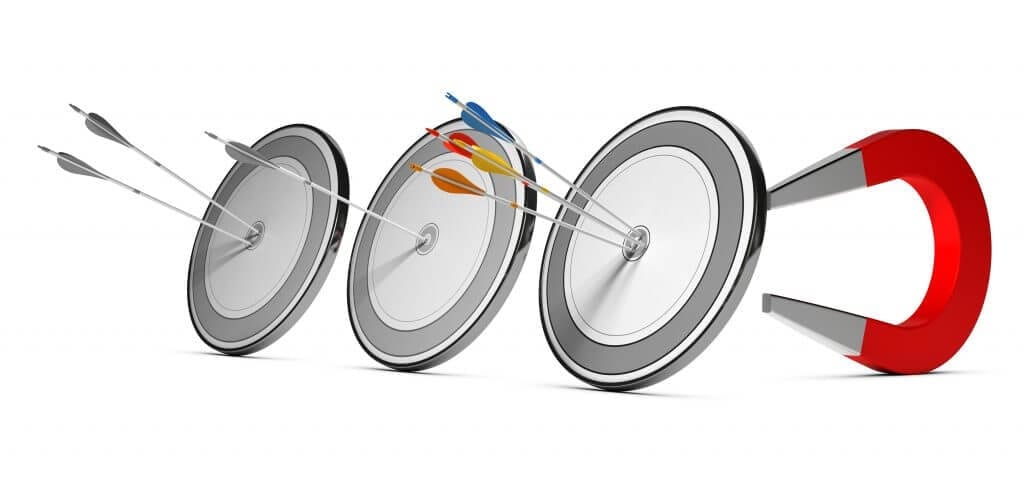Today, the buying process is thought of as a journey where the customer is control. Since advertisements may be easily ignored, inbound marketing is a new model based on attraction rather than interruption.
How the Buying Process Works in a Customer-Centric Economy
As part of the inbound methodology, the buyer’s journey is the new framework for marketing strategy, which was developed by HubSpot. From awareness through decision, the journey is the path customers take before making a purchase.
Awareness: the Top of the Funnel
HubSpot — an inbound marketing software platform that helps companies attract visitors, convert leads and close customers — defines the Awareness Stage as: “Prospect is experiencing and expressing symptoms of a problem or opportunity. Is doing educational research to more clearly understand, frame, and give name to their problem.”
For example, my website is slow and not attracting enough visitors. What’s wrong with it?
There are three steps that these type of leads go through during the Awareness Stage:
- Identify a Need
- Research
- Prioritize Criteria
The Process
At this stage, an inbound marketer’s mission is to help consumers begin to understand what their client does and how they can provide help.
By publishing content, such as blogs, white papers and Ebooks, educational information can attract people who are already interested in the offerings of your business.
Consideration: the Middle of the Funnel
HubSpot defines the Consideration Stage as: “Prospect has now clearly defined and given a name to their problem or opportunity. Is committed to researching and understanding all of the available approaches and/or methods to solving the defined problem or opportunity.”
An example of the consideration stage of the buying process is when a customer realizes their website is out of date and wonders how they can fix the problem.
In this stage, marketing qualified leads research, compare and justify their purchase. Businesses, meanwhile, provide product and service information, while addressing any customer pushbacks.
One effective tactic is to set up gated content offers to trade educational information for customer contact details. Email marketing is another common consideration stage tactic.
Decision: the Bottom of the Funnel
HubSpot defines the Decision Stage as: “Prospect has now decided on their solution strategy, method, or approach. Is compiling a long list of all available vendors and products in their given solution strategy. Is researching to whittle down the long list down to a short list and ultimately make a final purchase decision.”
For example, a consumer is in the decision stage if they are deciding between hiring a web design agency and designing their website themselves.
The Process
At this stage, the lead is ready for sales, so it’s okay to become brand-specific in your content. Testimonials and case studies are good content options in the decision stage of the buying process to help customers find value in your product or service.
If you’ve done all this well, your new customer could lead to even more sales as they become one of your evangelists.



